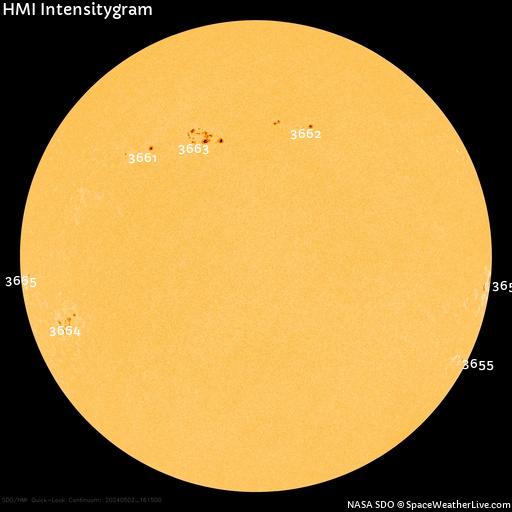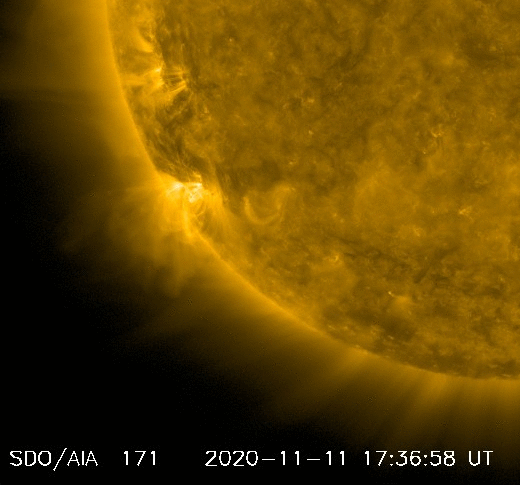davenn
Science Advisor
Gold Member
2024 Award
- 9,714
- 11,670
Stavros Kiri said:TWO SOLAR CYCLES ARE ACTIVE AT ONCE: You don't see this every day. There are two sunspots on the sun today, and each one comes from a different 11-year solar cycle. Two solar cycles are active at once. What does it mean? Check out today's edition of Spaceweather.com.
man alive ! I would call bullsh$T on that one. I really wonder about the credibility of some of these dopes …. wouldn't be the first time I and others have had to call them out.
1) Neither group is new cycle as they are both equatorial latitudes.
New cycle groups will be high latitude as seen with previous active regions
2) Polarity is not a determining factor in this case BECAUSE spot groups will have opposite polarities
on either side of the equator
migration of spots towards the equator as a cycle progresses
Dave



